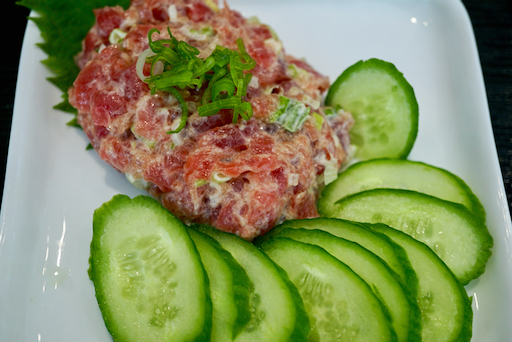The waffle bowls were cooked again and got really brown and crispy. Then after some time, stored in the refrigerator they became a bit soft again. My wife heated them up in the toaster oven just before serving which made the bowls crispy. I turn the platform over to my wife to describe how she made them.
1 tsp baking soda
1/4 tsp salt
1 cup sugar
1/3 cup cocoa powder
1 tsp. vanilla
1 tbs. vinegar
1/3 cup oil
1 cup water
1 egg
1/8 cup sugar
1/4 tsp. salt
1/2 tsp vanilla
Mix all the ingredients for the ricotta filling until smooth and set aside. Mix the dry ingredients from the flour thru the cocoa powder in a bowl. Mix the wet ingredients in another bowl. Add the wet ingredients to the dry ingredients until smooth. I put the waffle bowls in a tin for large muffins to provide support as the cake cooked (and in case the waffle bowls fell apart during cooking the mess would be contained.) I then filled them with the cake mixture and topped them with a scoop of the ricotta filling. (These are shown in the bottom row of muffins in the next picture). I had some batter left over after filling the waffle bowls so I just made some large muffins by putting the batter directly into the muffin tin and topping them with the ricotta mixture. (These muffins are shown in the top row of muffins in the picture). I cooked them at 350 degree for about 30 to 35 minutes until the ricotta topping firmed up and a skewer came out clean.


























